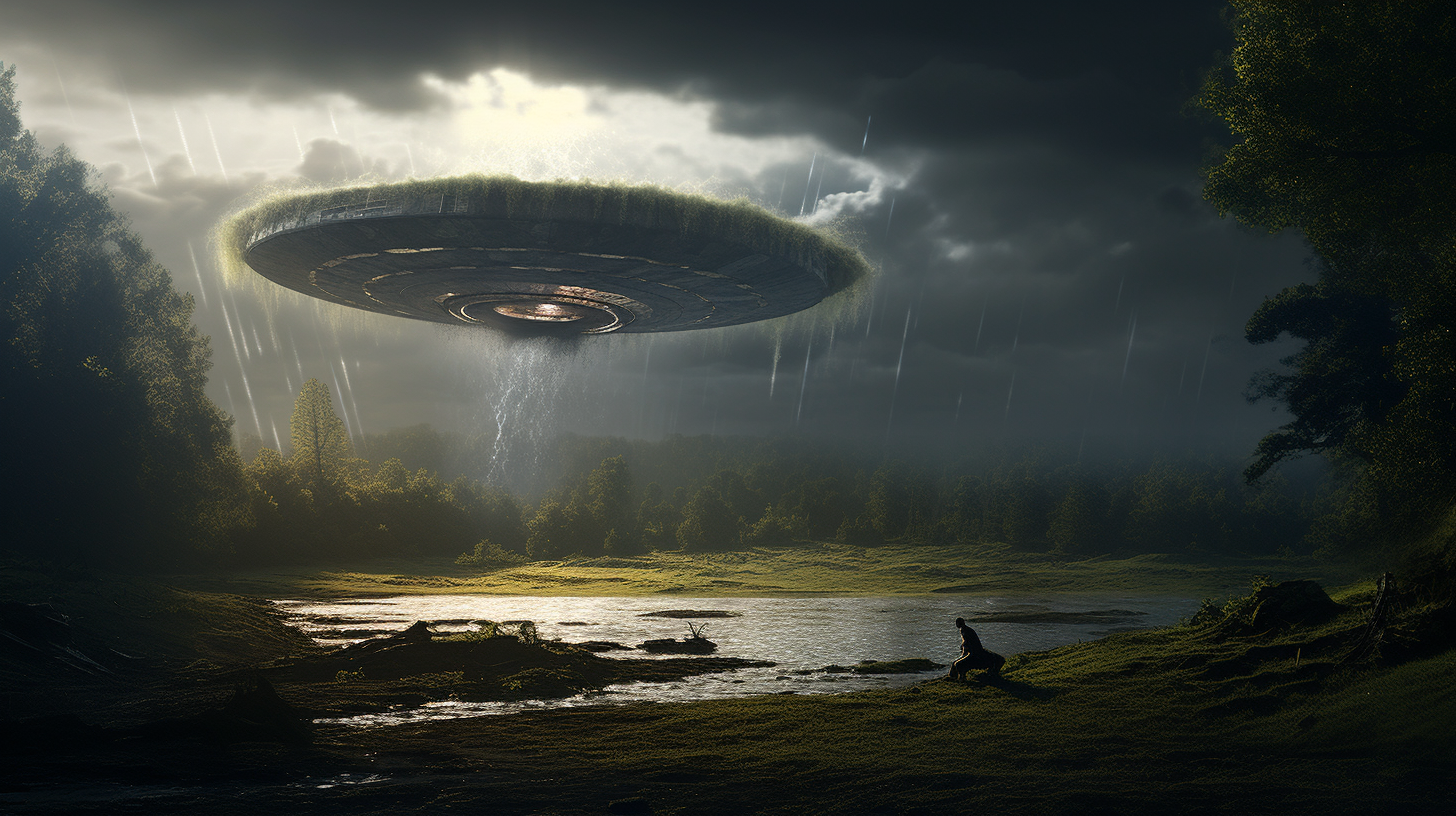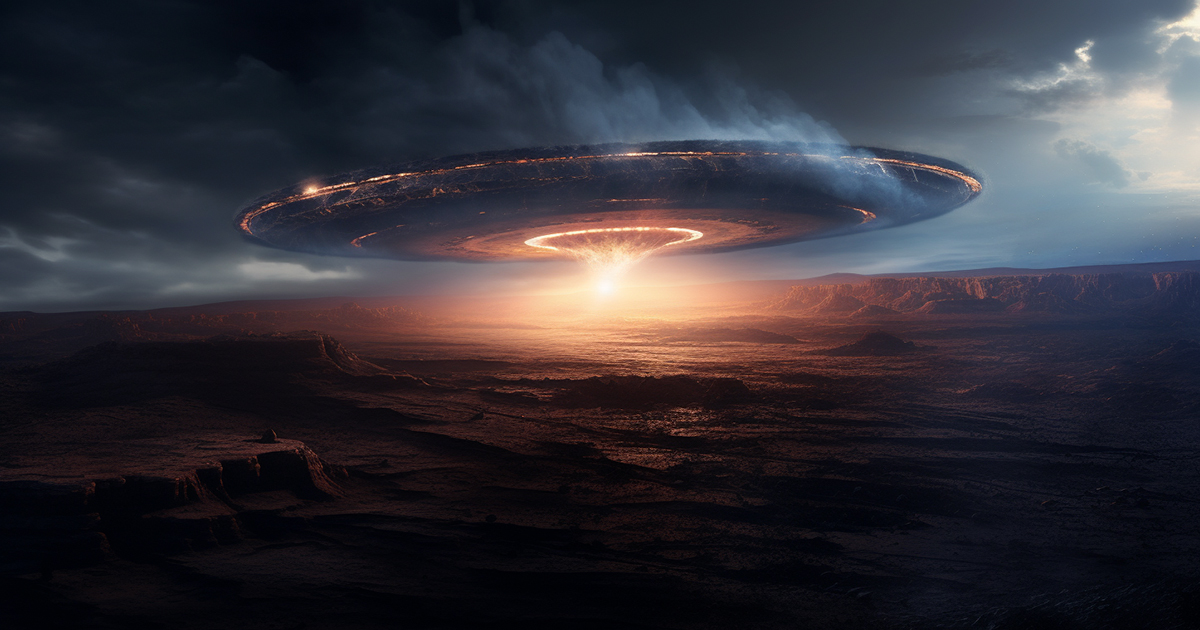Exploring the realms of paranormal phenomena often ignites an intense curiosity among individuals, with unidentified flying objects (UFOs) and encounters with extraterrestrial beings ranking high on the list. Despite skepticism surrounding these accounts, a recent episode of the popular show “Ancient Aliens” delves into a unique approach to studying UFOs, blurring the lines between fiction and reality. In its latest installment, titled “Ancient Aliens: UFO Investigation Uncovers Another Dimension,” the show explores the world of remote viewing and its role in unraveling mysterious aerial encounters.
Introduced in May 2019, viewers are introduced to Nick Pope, a former British intelligence officer recognized for his investigations into UFOs, crop circles, and alien encounters. Pope’s journey to the ECETI Ranch in the Pacific Northwest marks a pivotal moment in the episode, as ECETI is renowned for its frequent UFO sightings and alleged interactions with extraterrestrial visitors.
What sets ECETI apart from other UFO research groups is its unconventional methodology. While traditional UFO enthusiasts rely on sophisticated equipment like telescopes, ECETI emphasizes the practice of remote viewing. But what exactly does remote viewing entail?

Remote viewing is a unique discipline where individuals claim to perceive distant or hidden objects using extrasensory perception rather than their physical senses. These remote viewers are tasked with observing and describing objects, locations, or events that are typically inaccessible through conventional means.
Pope, a former leader of the UK government’s UFO investigation program, explains, “Remote viewing may involve tapping into undiscovered dimensions. It may sound like a concept from science fiction, but it goes beyond that.” This statement gains significance as scientific advancements, such as those at the Large Hadron Collider, continue to explore the possibilities of alternate dimensions.
At ECETI, the episode showcases John Vivanco, a former government remote viewing expert, teaming up with Peter Slattery, a seasoned UFO skywatcher. Together, they guide a group of remote viewers in an attempt to understand the surge in UFO sightings around Mount Adams in Washington State.
The remote viewing process involves assigning viewers an eight-digit random number linked solely to the target for observation. Armed with a pencil and sketchpad, these individuals enter a windowless room and rely on their mental faculties to describe the appearance and details of the designated target.
Although remote viewing may appear far-fetched, it’s important to note that these viewers have successfully contributed to various significant investigations, exploring phenomena that defy conventional explanations.
As Pope and Slattery venture into the field for surveillance, the remote viewers begin their task. Recording glimpses and sensations, they document their perceptions for later analysis to gain insights into the mysterious occurrences under examination.
Simultaneously, the skywatching team prepares to monitor the nocturnal sky. Equipped with advanced technology like infrared cameras, they focus their attention on Mount Adams, a known UFO hotspot. They diligently scan the skies, observing both natural and human-made activities, including the trajectory of the International Space Station.
During their surveillance, they witness the International Space Station passing overhead. Interestingly, both remote viewers sketch nearly identical rectangular shapes during this event, showcasing the intriguing synchronicity of their remote viewing abilities.
However, the most captivating moment unfolds when Nick Pope and Peter Slattery spot a fast-moving object in the night sky. This object, unlike a typical satellite, vanishes mysteriously from sight, prompting questions about the nature of their observation and the possibility of encountering an extraterrestrial craft.
The integration of remote viewing adds a fascinating dimension to UFO investigations, offering a fresh approach to seeking answers. While conclusive evidence of alien life remains elusive, the pursuit of understanding the unexplained persists, captivating and inspiring those committed to unraveling the mysteries of our universe.
Explore the Video Below:
Upon the culmination of the “Ancient Aliens” episode, viewers are left pondering with a mix of wonder and curiosity. The fusion of field surveillance, remote viewing, and cutting-edge technology offers a unique perspective on the age-old question: Are we alone in the universe? While definitive answers may remain elusive, the enduring quest to comprehend the unknown persists, fueling the ongoing exploration for extraterrestrial intelligence.
